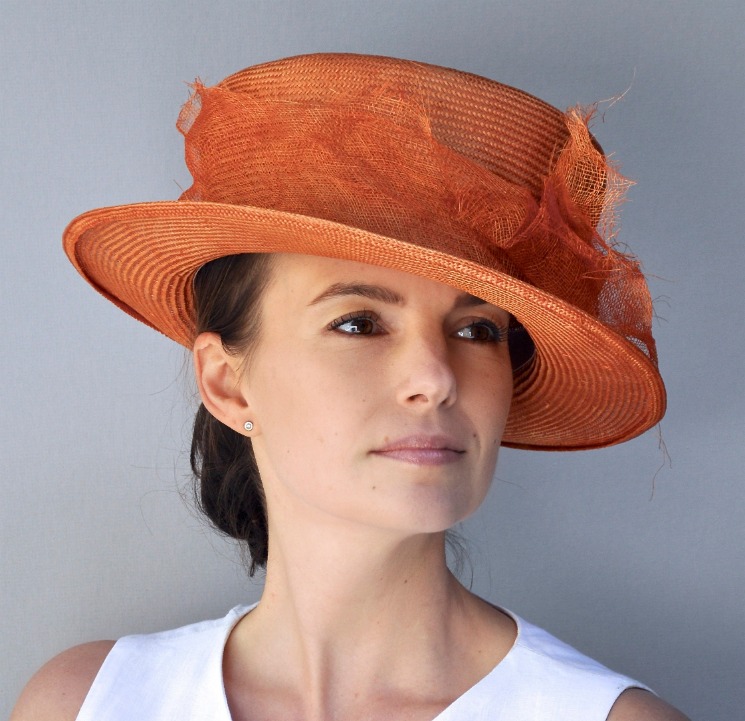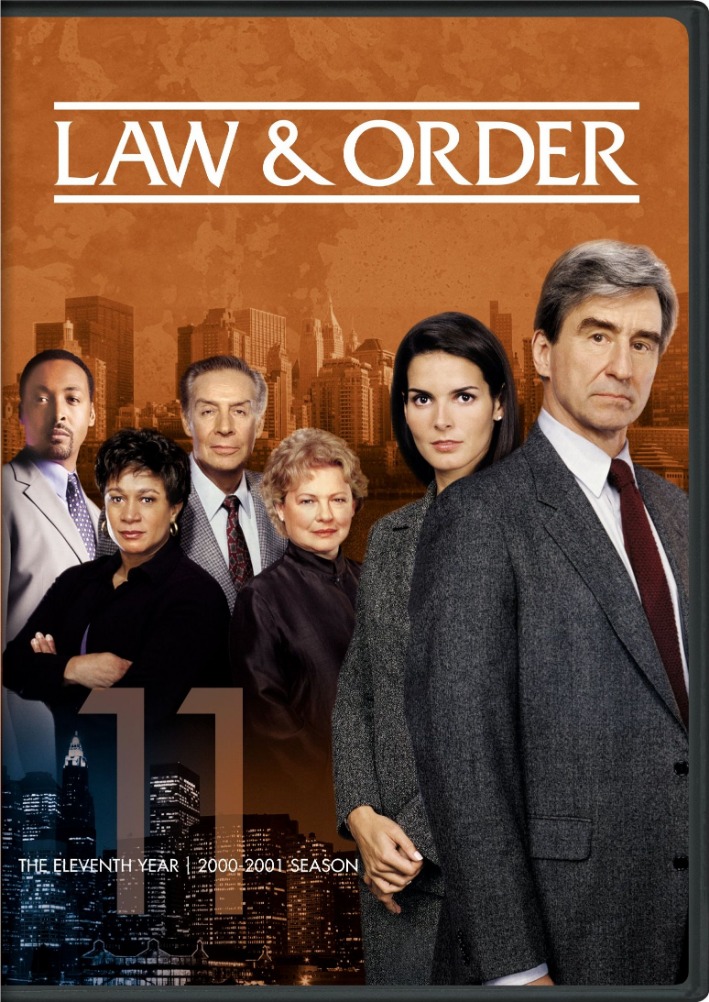From the Diamond to the Streets: The Evolution of Headwear Icons
The story of the modern cap is inextricably linked to America’s pastime. In the mid-19th century, the New York Knickerbockers became one of the first baseball teams to wear a uniform that included a straw hat, but it was the “Brooklyn-style” cap of the 1860s that began to resemble what we know today. These early versions were made of wool and featured a rounded crown and a long, stiff brim, known as the bill or visor, designed to shield players’ eyes from the sun. This functional beginning belies the cultural juggernaut it would become. The baseball hat cap remained primarily within the realm of sport for decades, a symbol of team allegiance and athletic endeavor.
The post-World War II era and the rise of casual fashion saw the cap begin its migration from the field to the mainstream. It was adopted by workers, farmers, and eventually, the youth culture of the 1950s and 60s. A pivotal moment came with the advent of new materials. While early caps were wool, the introduction of synthetic fabrics like polyester allowed for more durable, colorfast, and easily mass-produced headwear. The adjustable strap on the back, a feature we now take for granted, evolved from simple leather patches with metal grommets to the more sophisticated plastic snap-closure systems. This innovation made one-size-fits-most headwear a reality, dramatically increasing its accessibility and appeal beyond the world of licensed sports.
By the 1980s and 90s, the cap had fully exploded into popular culture. It was no longer just about function or fandom; it was a fashion statement. Hip-hop artists and Hollywood stars donned caps, often with the brim left perfectly flat, transforming a piece of athletic gear into a symbol of urban cool. Brands like New Era capitalized on this, elevating the licensed sports cap into a high-demand fashion item. The cap’s journey from a functional piece of sports equipment to a ubiquitous accessory in every wardrobe is a testament to its versatile design and powerful symbolism. It can signify belonging, convey personal style, or simply serve as a bad-hair-day savior, all while carrying over a century of history on its crown.
Decoding the Styles: Snapback, Trucker, and the Modern Men’s Cap
While often used interchangeably by the uninitiated, the terms snapback cap, trucker cap, and baseball cap refer to distinct styles with unique histories and characteristics. Understanding these differences is key to appreciating the nuances of this fashion staple. The classic baseball cap is the progenitor, typically featuring a structured, rounded crown and a pre-curved brim. Traditionally, it was made from wool or cotton and came in fixed sizes, but modern iterations often include adjustable straps. Its primary function was and remains sun protection and team representation, making it a timeless and versatile choice.
The snapback cap is defined by its flat brim and the adjustable plastic snap closure at the back. This style gained massive popularity in the 1990s hip-hop scene. The flat brim was a deliberate stylistic choice, a departure from the curved bill of the traditional baseball cap, and it allowed for a cleaner, more graphic canvas for logos and designs. The snapback’s adjustable nature made it incredibly accessible. For those seeking a classic look with modern adjustability, a high-quality snapback cap offers the perfect blend of style and customization. Its resurgence in the 2010s cemented its status as a streetwear essential, beloved for its retro vibe and crisp silhouette.
Then there is the trucker hat, also known as a trucker cap, which has a story rooted in American blue-collar culture. Originally given away as promotional items by farming supply companies and feed stores like Purina and John Deere, these caps were designed for function. They feature a foam front panel for structure and a mesh back for maximum breathability, making them ideal for long hours of work in the sun. The mesh back is the trucker’s most distinguishing feature. Like the snapback, it was adopted by celebrities in the early 2000s, transforming it from a piece of utilitarian workwear into an ironic, then genuinely embraced, fashion statement. Today, the trucker hat remains popular for its lightweight comfort and distinctive, retro-aesthetic.
The Cap in Culture: More Than Just a Men’s Accessory
The humble cap has woven itself into the very fabric of global culture, acting as a blank slate for identity, affiliation, and rebellion. Far beyond its origins in sport, it serves as a powerful non-verbal communicator. In the realm of music, it’s impossible to separate the snapback ball cap from the rise of hip-hop, where artists used branded caps to represent their boroughs or their crew, often with the price tag still attached as a flex of wealth and newness. In contrast, the grunge scene of the 90s embraced worn-in, often faded, men’s cap styles as a symbol of non-conformity and anti-fashion.
Case studies in cap culture are abundant. Consider the iconic New York Yankees cap. While it represents a baseball team, its cultural impact is far greater. Worn by everyone from politicians to pop stars, it has become a universal symbol of New York City itself, embodying an attitude of grit and ambition. Its simple, interlocking “NY” logo is recognized worldwide, demonstrating how a cap can transcend its original purpose to become a cultural icon. Another fascinating example is the rise of the flat brim cap. What began as a practical way to keep the packaging intact evolved into a dominant streetwear trend. The act of “breaking” the brim by curving it became a personal choice, a small but significant ritual that marked the transition of the cap from a store-bought item to a personalized part of one’s identity.
In the digital age, the cap’s role has only expanded. It is a key prop in the world of social media and influencer marketing, where specific brands or limited-edition drops can cause a frenzy. The trucker hat experienced a massive revival thanks in part to its association with early-2000s nostalgia, fueled by platforms like Instagram and TikTok. Furthermore, the cap has become a canvas for social and political statements. From “Make America Great Again” red caps to caps supporting various social causes, this simple piece of headwear can carry immense symbolic weight, proving that what you put on your head can be just as powerful as what you say.


